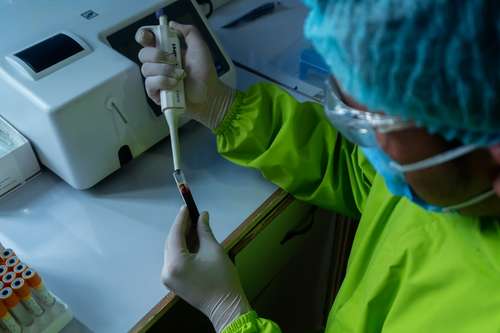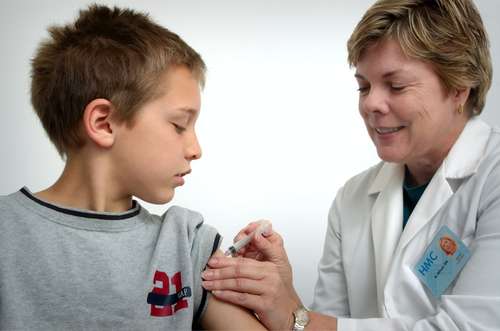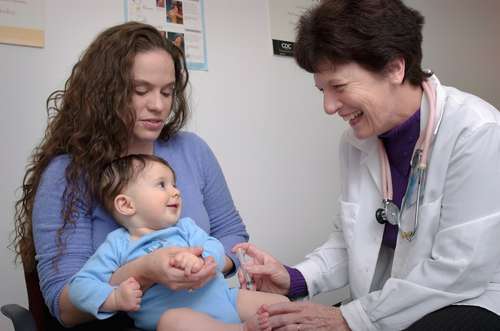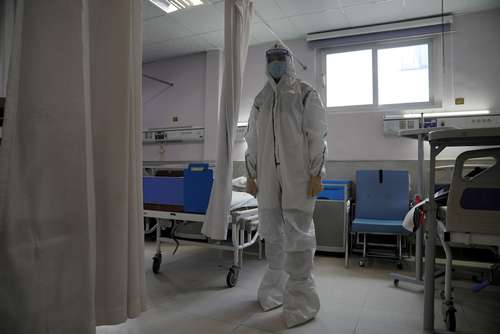COVID-19 Sub-Variant "Deltacron" looks to be the most contagious strain yet
By
Josh Piers

The new Deltacron COVID-19 variant appears to be no more severe than Omicron at first glance, yet it is more transmissible.
Since the beginning of the year, the new COVID-19 sub-variant of the Delta and Omicron strains has been circulating. "Deltacron" is a recombinant virus that combines Omicron's full-length spike protein with Delta's backbone.
As restrictions are lifted and freedoms are restored in many countries, there is a widespread belief that the pandemic is finished. However, there is still a high risk of a harmful new variety emerging.
This occurred when Omicron arrived, but we were fortunate. Omicron has proven to be more transmissible, although in most nations where it is prominent, it hasn't resulted in an increase in severe disease.
Another has recently appeared and is currently known as deltacron. As you might expect, it's a cross between Delta and Omicron, the two most recent prominent varieties.
Deltacron's narrative begins in mid-February when researchers at the Institut Pasteur in Paris uploaded a coronavirus genomic sequence that differed significantly from earlier sequences. The viral sample came from an old guy in northern France and had an unusual appearance.
The majority of its genetic sequence was identical to Delta's, which had dominated the planet until late last year, but the part of the sequence that encodes the virus's spike protein – a vital feature of its exterior structure that it utilizes to enter inside cells in the body came from Omicron.
Three more hybrid genetic sequences were discovered in March, this time in the United States. There are currently more than 60 logged in France, the Netherlands, Denmark, the United States, and the United Kingdom.
Different deltacrons, on the other hand, may exist. The deltacron sequences recorded in the UK and US differ from those found in other nations, according to scientists at the Institut Pasteur. They've suggested that a number be added to these distinct types of deltacron to distinguish which is which.
How did these hybrids come to be?
When two viruses infect the same cell, it's not uncommon for them to mix and match bits of themselves. As it assembles copies of itself, one virus combines bits of its genetic sequence with parts from another related virus, a process known as "recombination." During viral replication, it appears to happen at random.
When power is transferred from one viral variety to another – when one becomes less frequent and another becomes more so, meaning both are circulating in the population and there's a chance they'll infect people at the same time - the likelihood of recombination increases. This was the circumstance when Omicron overtook Delta as the most dominant form on the planet.
A chip off the old block?
At the time, it's difficult to determine how deltacron will differ from its parents. The viruses Delta and Omicron are very distinct. They differ in their methods of infecting cells and evading immunity. We still don't know enough about deltacron to say how different it will be from either of them.
Deltacron is likely to spread because it has been discovered in several surrounding countries. However, Omicron is still spreading significantly in Europe, so it's the variation we should be keeping an eye on right now.
Time will tell if deltacron will displace Omicron, whether deltacron will be any better at evading immunity and if it will cause more severe disease. There are currently insufficient deltacron examples to draw any conclusions. Experiments to determine the qualities of deltacron are required; scientists have begun this process and have been able to infect cells with it, so we should have answers soon.
Deltacron is approximately 1.4 times more contagious than the original Omicron strain BA.1, according to Dr. Adrian Esterman, a professor at the University of South Australia and former WHO epidemiologist. "This makes it pretty close to measles, the most contagious disease we know about," Esterman wrote.
Meanwhile, we must keep a close check on it. The fact that deltacron is likely to have spread across borders emphasizes the importance of continued genomic surveillance to track how the virus evolves and moves. More varieties are anticipated to evolve as the coronavirus continues to spread and infect large numbers of individuals, including through recombination.
Share this article
Author
Related Posts

Dual-Threat Respiratory Surge: Wastewater Data Reveals Record Flu and COVID Levels for Early 2026

CDC Vaccine Schedule 2026: Historic Shift Slashes Childhood Shots from 17 to 11

CDC Childhood Vaccine Schedule 2026: Major Shift to Shared Decision-Making
